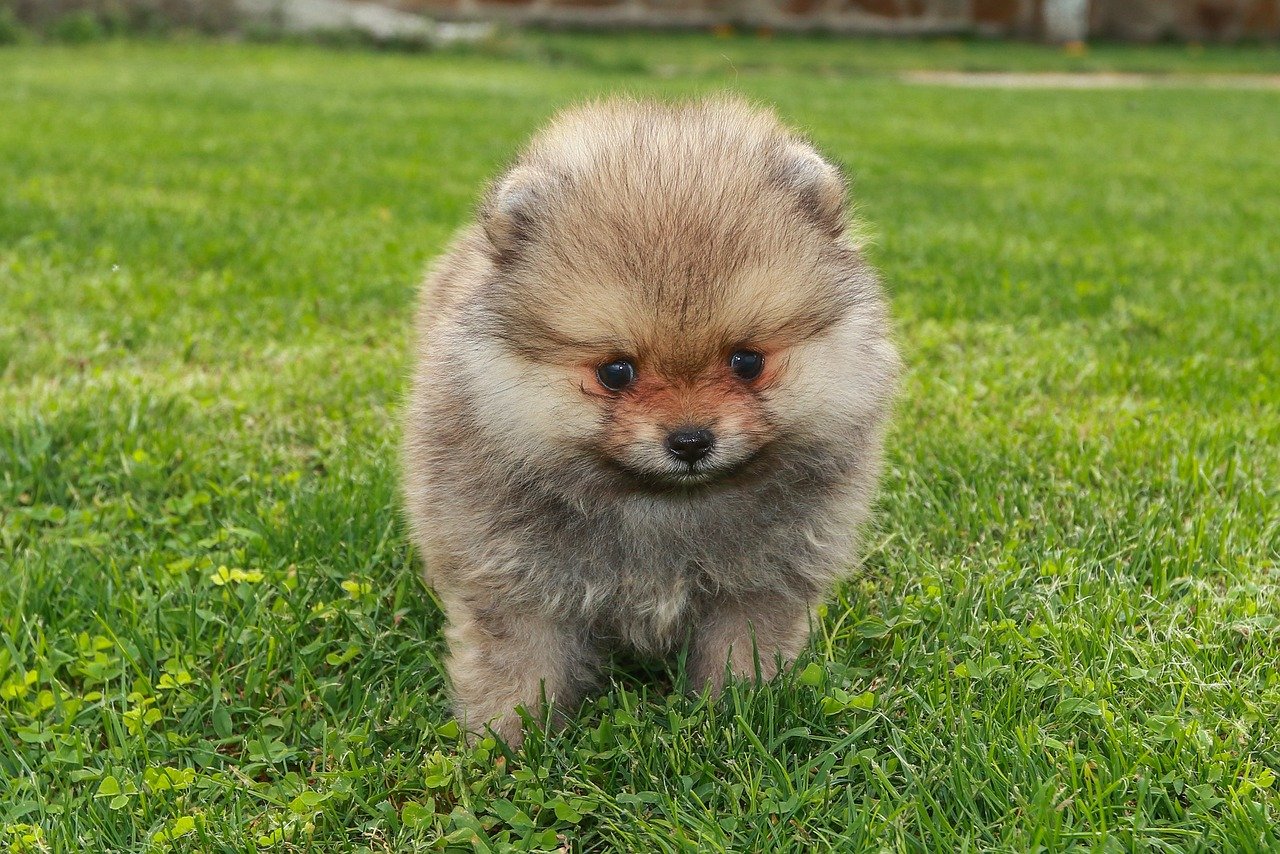Picture this: you’re getting ready to head out for work, and your furry best friend is already giving you the stink eye from across the room. You haven’t even grabbed your keys yet, but somehow they know. The pacing starts, maybe a little whimper here and there, and by the time you’re at the door, they’ve transformed into a four-legged drama queen worthy of an Oscar nomination. Sound familiar?
Well, you’re not alone in this daily soap opera. According to studies conducted by the American Veterinary Medical Association, separation anxiety is reported to affect approximately 17% of the 78 million dogs in the United States. That’s millions of pups who simply can’t handle being left to their own devices without turning your home into their personal stress-relief destruction zone.
The truth is, while any dog can develop separation anxiety, some breeds are basically genetically programmed to be your shadow. These dogs don’t just get a little sad when you leave – they go full-on melodrama mode, complete with destructive behavior that’ll make you question whether you adopted a dog or a tiny tornado.
Border Collie: The Genius Who Gets Bored
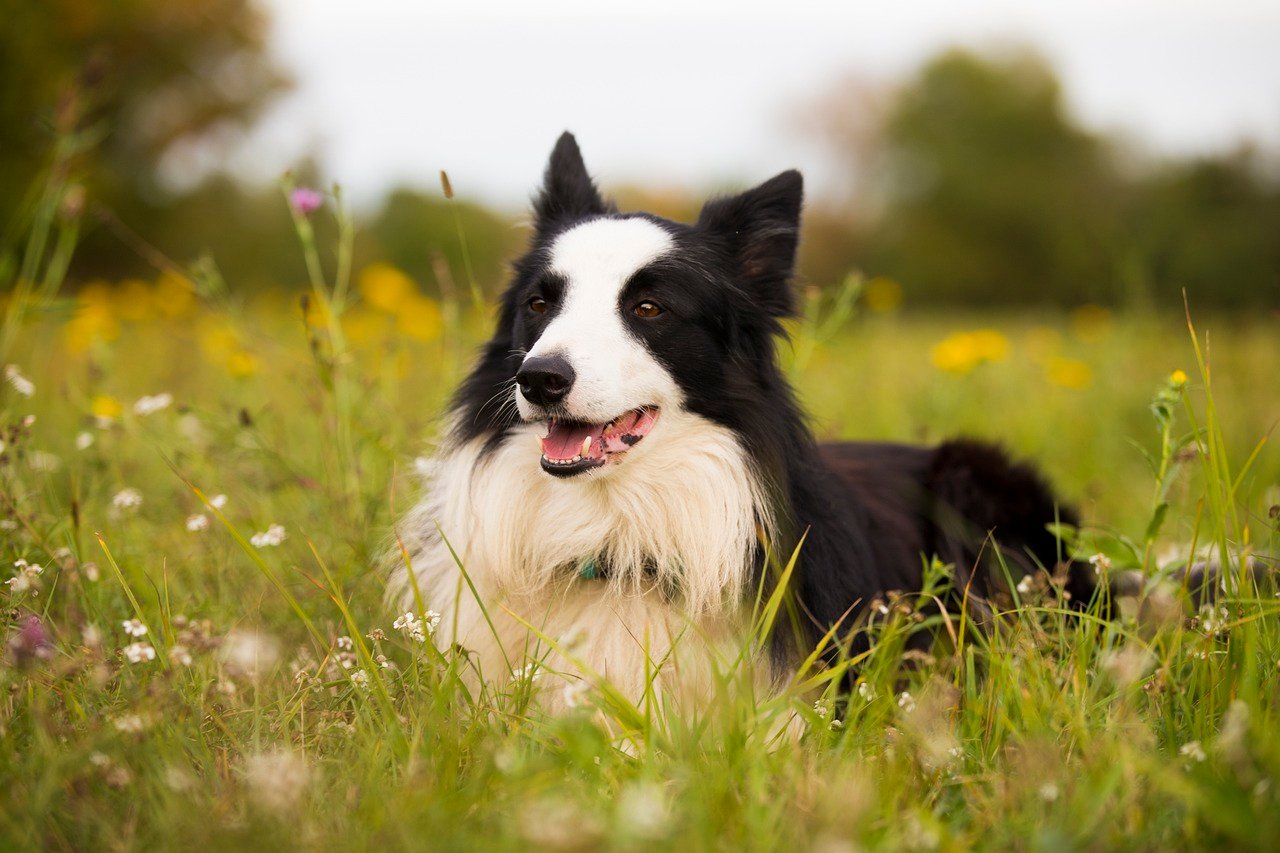
Here’s the thing about Border Collies – they’re absolutely brilliant. Border Collie consistently ranks as the most intelligent dog, but this means they are more likely than other breeds to become bored when they have no stimulation. So leaving them alone can lead to separation anxiety and destructive behavior as they look for ways to amuse themselves. It’s like leaving Einstein in an empty room with nothing but time on his hands.
These working dogs were bred to think on their feet and solve problems all day long on farms. Border Collies will have a really hard time if they aren’t getting enough exercise, and lack of play can often result in destructive or problematic behavior in these dogs. This high level of activity need can’t be met without intense social time with their owners, so they are also prone to separation stress and general high anxiety unless properly cared for. When you trap all that brainpower in a house with nothing to do, don’t be surprised if they redesign your furniture with their teeth.
Labrador Retriever: The People-Pleasing Heartbreaker
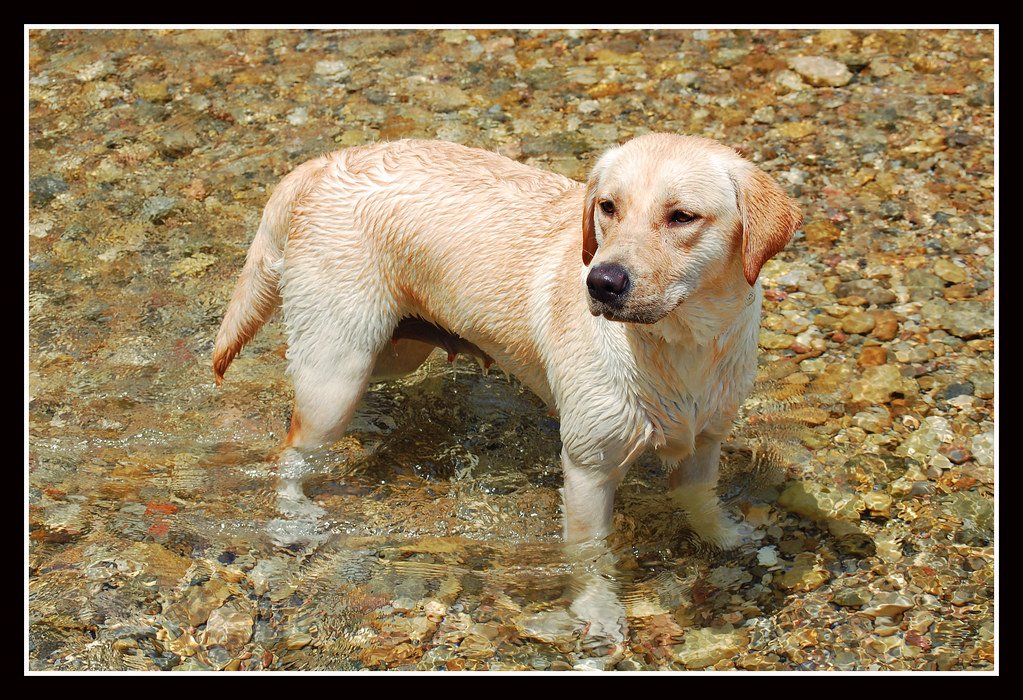
You might be shocked to see Labs on this list, considering they’re known as the perfect family dog. But here’s the catch – This is a beautiful and companionable dog, but they have recently declined in health and temperament, and this can make them more prone to separation anxiety and behavioral challenges… However, because they are so social, they can struggle if left alone for long periods of time.
Think about it this way: Labs were bred to work alongside hunters all day, every day. They are bred for their sunny, relaxed disposition, but they need a lot of affection and attention in order to maintain that cheerfulness. If left alone for long periods of time, or dropped off too regularly at the boarding house, labradors can really struggle with separation stress. When their favorite humans disappear, these social butterflies can turn into anxious messes faster than you can say “fetch.”
Cavalier King Charles Spaniel: The Royal Shadow
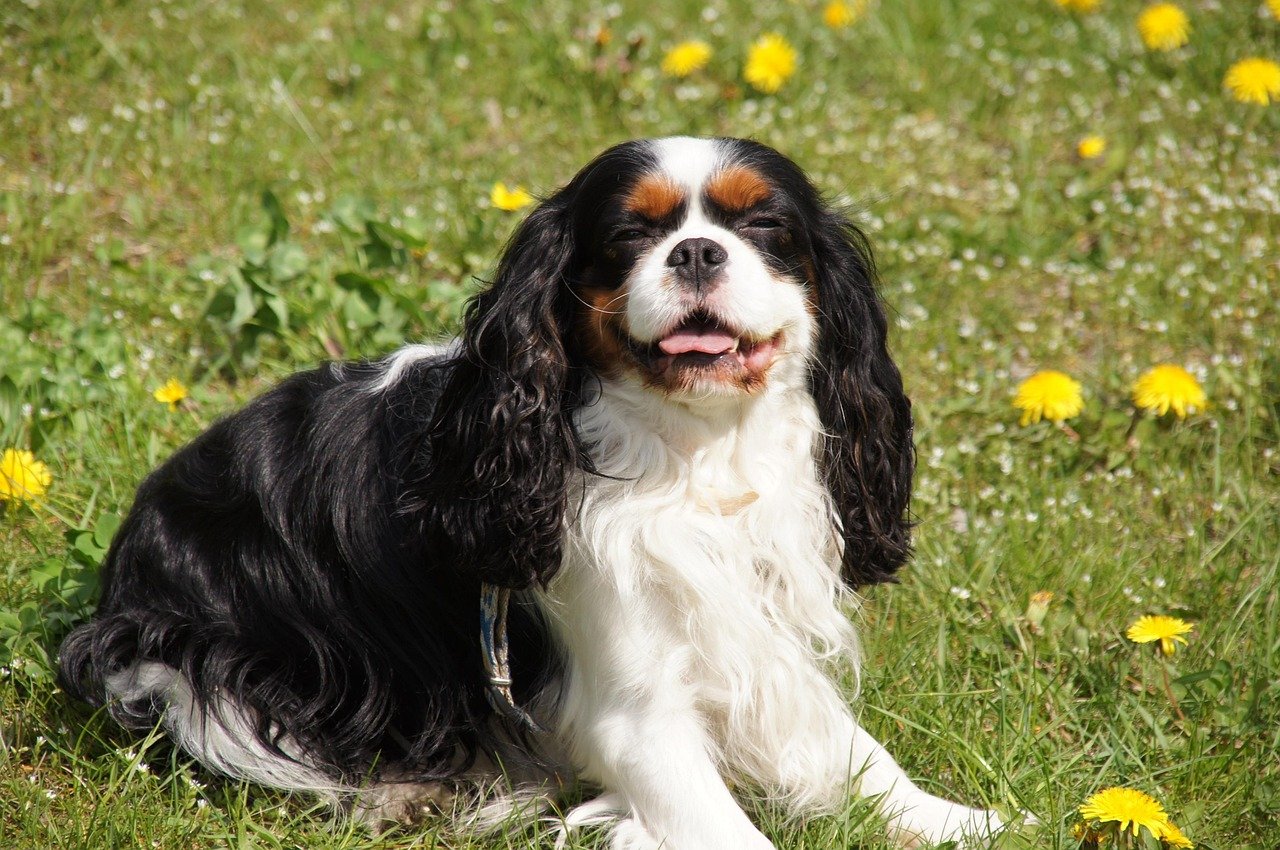
These little sweethearts were literally bred to be lap warmers for British royalty. The Cavalier King Charles spaniel is a lap dog in the most literal sense; these dogs were bred in Great Britain to warm the laps of nobility in cold castles! They are used to, and relish in, constant companionship, so when left alone for long periods of time, separation anxiety may sink its claws into this lovable lap dog.
These dogs are companion dogs and have been bred to enjoy spending lots of time with their human parents. When you leave them alone for longer periods they may suffer anxiety. This breed also tends to be slightly more anxious in general and can develop barking and other problematic habits. It’s no wonder they struggle when their throne (aka your lap) suddenly goes empty for hours on end.
Jack Russell Terrier: The Energizer Bunny from Hell
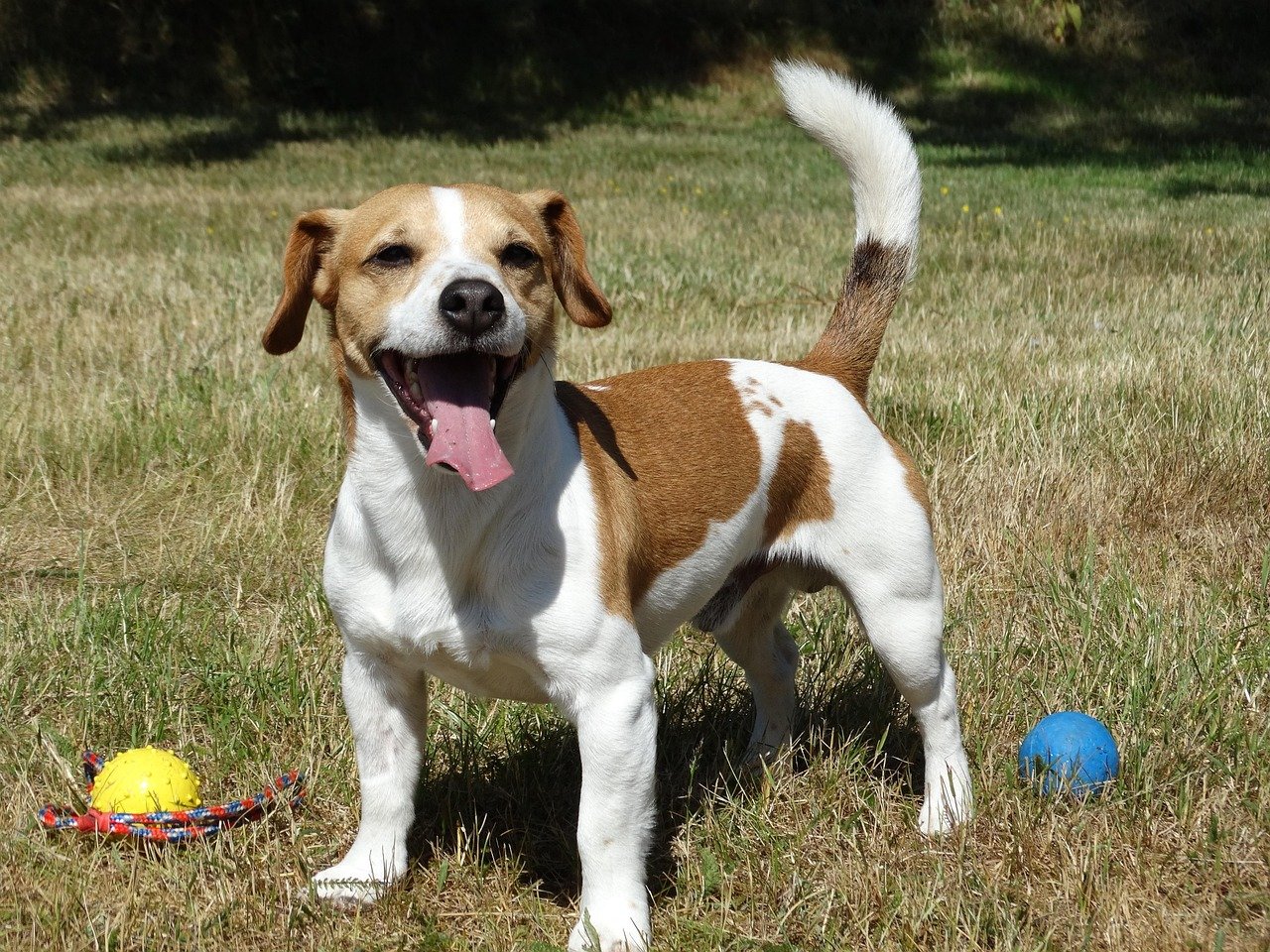
Don’t let their small size fool you – Jack Russell Terriers pack the energy of a much larger dog into a compact, mischievous package. These bundles of energy quickly become bored and need lots of entertainment as well as lots of physical activity. They can quickly go awry if there isn’t a human around to help them out and to keep them engaged. They can also do a surprising amount of damage for a small dog.
Jack Russell Terriers are well-known for their high levels of energy. Though small in stature, they can spend hours playing, running, and swimming. Bred for hunting, these active dogs need a lot of attention and engagement from their owners. It’s not uncommon for a Jack Russell Terrier to experience separation stress and feel uncomfortable when their owner departs the house – especially if they haven’t had their daily walk or play time. Leave one of these little dynamos alone without proper exercise, and you might come home to find they’ve redecorated your entire house.
Vizsla: The Ultimate Velcro Dog

They form strong partnerships with their owners and are commonly referred to as “velcro dogs.” When their owners leave, many express their distress with destructive chewing and consistent howling. These Hungarian hunting dogs take the concept of “man’s best friend” to a whole new level – they literally want to be glued to your side 24/7.
Often referred to as “velcro dogs” due to their desire to stick close to their human companions, Vizslas can suffer from severe separation anxiety when left alone. They are highly active dogs that need both physical and mental stimulation, and their sensitivity to solitude can lead to anxiety-driven behaviors such as chewing, digging, or barking. Vizslas are happiest in homes where they can be with their owners for most of the day and have plenty of opportunities for exercise and interaction.
German Shepherd: The Loyal Protector’s Dilemma
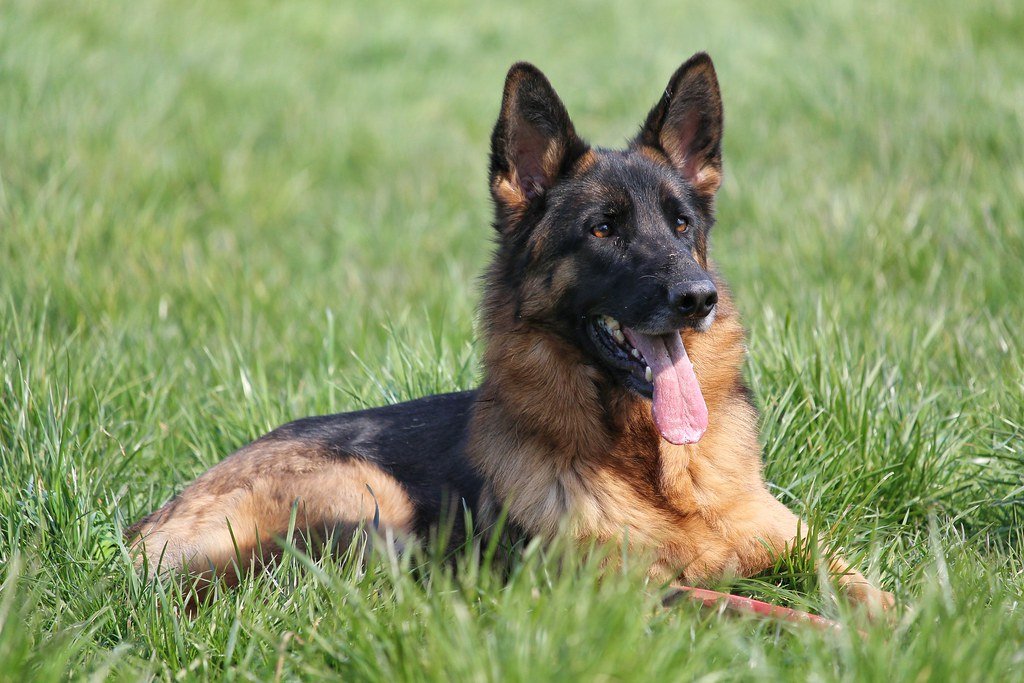
German Shepherds are natural-born workers and protectors, which makes them fantastic companions but also prime candidates for separation anxiety. The German Shepherd is used to being a social, active dog. They often work with the police, and they have even been used for herding sheep. This breed loves to be wherever the action is. They are loyal and intelligent. Separation anxiety is often seen in this breed.
German Shepherd needs a physically and mentally stimulating environment, and as a brilliantly trainable and intelligent working dog, they form strong bonds with their owners. However, this means they can be prone to distress if they are left alone, or not adequately exercised and stimulated. When these intelligent working dogs suddenly have no job to do and no human to protect, they can channel that energy into some pretty creative (and destructive) outlets.
Chihuahua: Small Dog, Big Anxiety
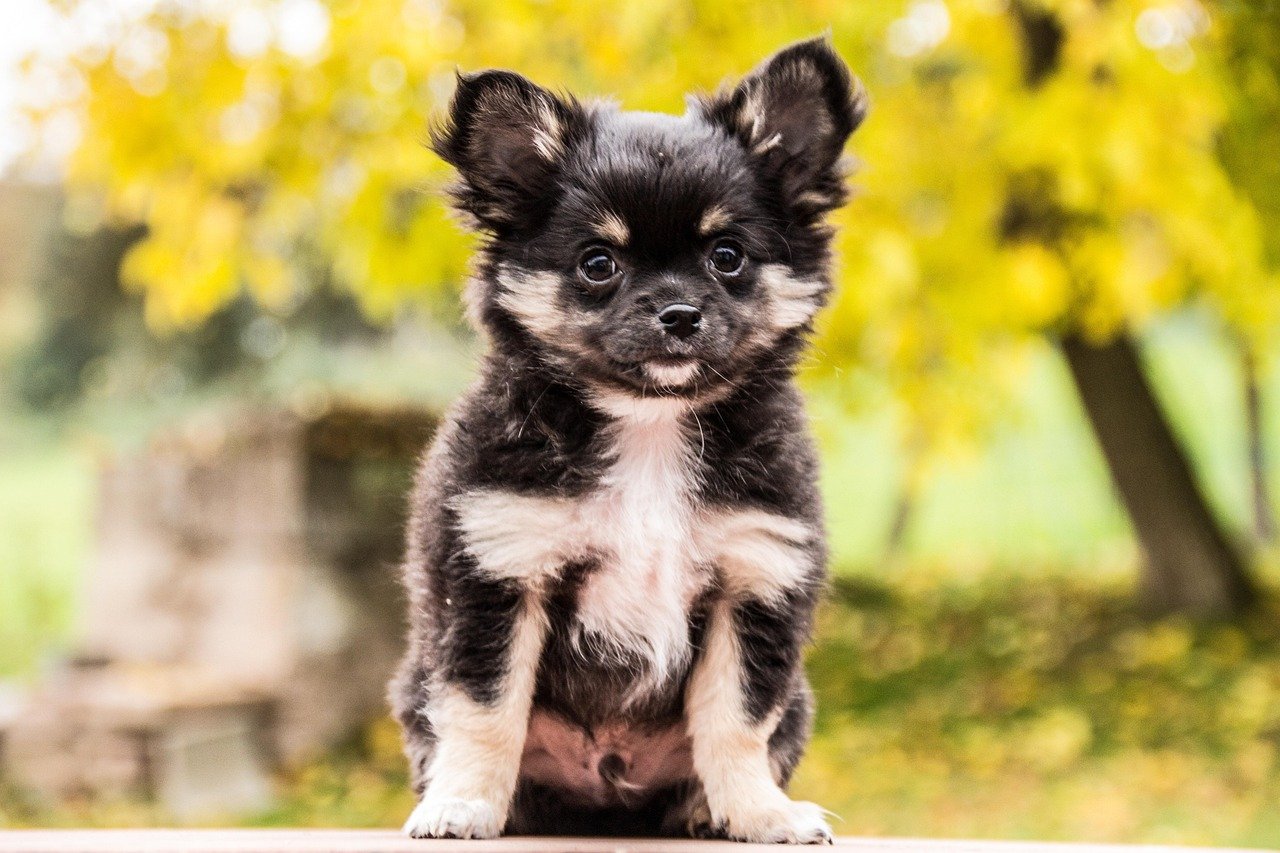
These tiny tots might fit in your purse, but their separation anxiety is anything but small. Chihuahua is an ideal breed for dog lovers living in an apartment, but not if they are going to be left alone as separation anxiety is common. They might be perfectly behaved when their human is around but tend to resort to howling, whining and destructive behaviour when they feel lonely.
The dog of choice for many apartment dwellers, the Chihuahua is loved for its small size and ability to live in similarly small spaces… due to their portability, these pups are used to constantly being by their owner’s side. When you’re small enough to be carried everywhere, being suddenly left alone feels like being abandoned on a deserted island.
Bichon Frise: The Fluffy Attention Seeker
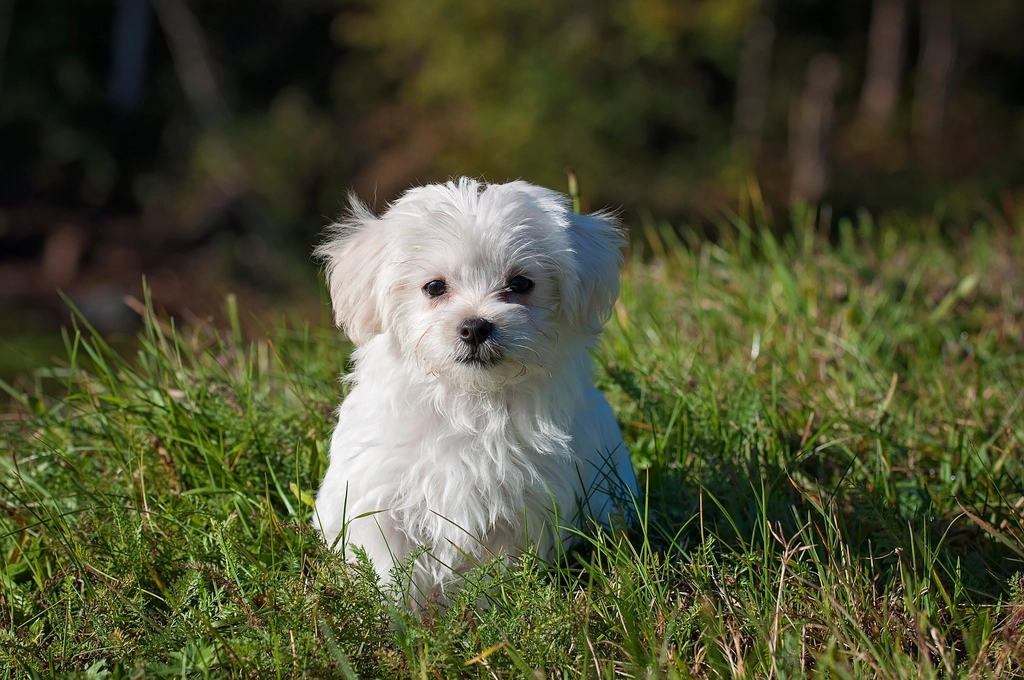
These adorable white puffballs were bred for one purpose: companionship. While Bichon Frise don’t have unusually high activity needs like Border Collies and Jack Russell Terriers, this small, fluffy breed of dog was bred to be a companion dog, first and foremost. And when their entire life’s purpose revolves around being your best buddy, being alone is basically their worst nightmare.
One of the most common problems reported among Bichon Frise owners is their separation anxiety. As a companion and lapdog he does not do well when unable to see their owners for extended periods. bichon frise thrives when they are with humans, as intended in their breeding. They can quickly become bored and suffer separation anxiety if left to fend for themselves for too long.
Australian Shepherd: The Workaholic’s Meltdown
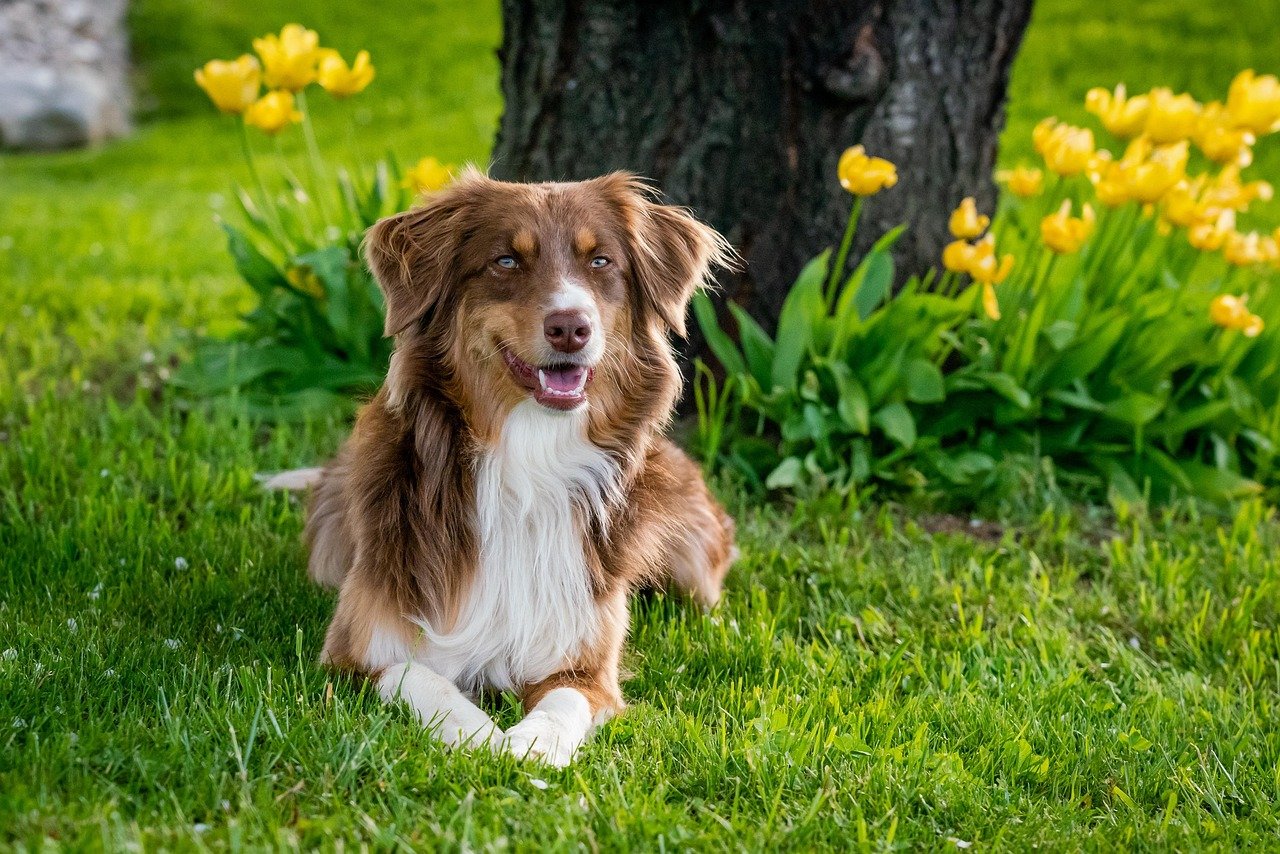
Australian Shepherds are basically the workaholics of the dog world, and they don’t handle unemployment well. Australian Shepherd Dog is very active breed that was created to work all day long under the hot Australian sun. If they’re not busy, they’re bored – which leads to problematic habits when left alone doing nothing.
Australian Shepherds thrive in active environments with plenty of mental and physical stimulation, and when left without these outlets, they may become anxious or destructive. Their need for regular interaction and activity means they are best suited to households where someone can keep them company and provide them with tasks or challenges. Without a job to do, these dogs will create their own entertainment – and trust me, you won’t like their creative choices.
Cocker Spaniel: The Sensitive Soul
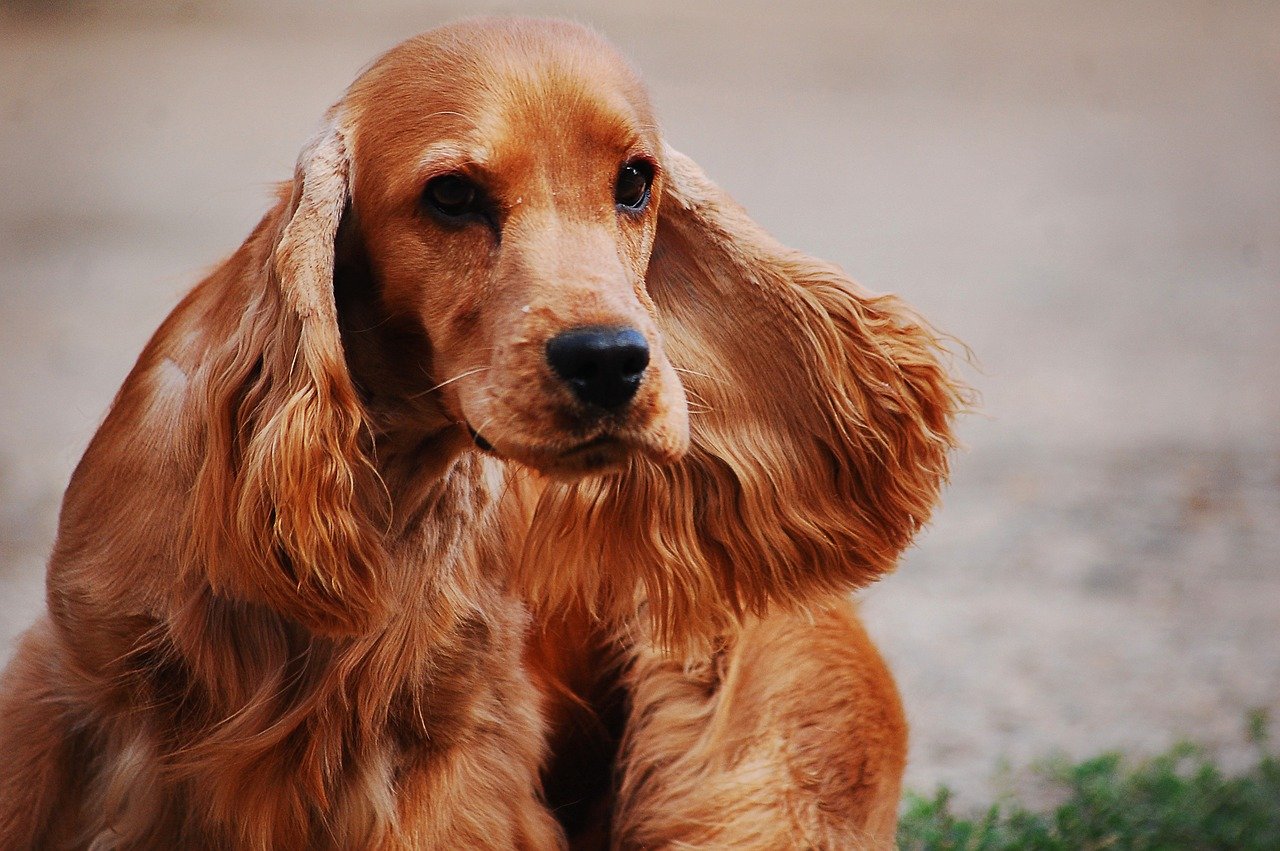
Cocker Spaniels might look like they stepped out of a Disney movie, but don’t let those soulful eyes fool you – they’re emotional creatures who take being left alone very personally. This breed likes to spend a lot of quality time with their families. They may become anxious or stressed when their humans leave them alone in the house. Cocker Spaniels tend to be loyal and loving. Their overall temperament makes them prone to separation anxiety.
Cocker Spaniels are also gundogs and are used to spending a lot of quality time with their family. They make great family companions but their popularity has introduced a lot of temperament issues, including severe separation anxiety. These gentle souls form deep emotional bonds with their families, and breaking those bonds even temporarily can send them into an anxious spiral.
Italian Greyhound: The Delicate Drama Queen

Italian Greyhounds are basically the prima ballerinas of the dog world – elegant, sensitive, and prone to dramatic outbursts when things don’t go their way. Italian Greyhounds are small, elegant dogs known for their affectionate and sensitive nature. They form strong bonds with their owners and can become extremely anxious when left alone. Italian Greyhounds are highly social dogs that thrive on companionship and are particularly prone to separation anxiety due to their sensitive temperament.
Some dogs are so attached to people that they really become stressed when the owner leaves. When outside the kennel they may show destructive behaviors such as chewing up the garbage, furniture or carpeting even. When in the kennel, they may chew on their kennel, tear up blankets in to tiny pieces or bark and howl when people are not with them. These delicate little souls can literally make themselves sick with worry when left alone.
Pomeranian: The Royal Diva’s Tantrum
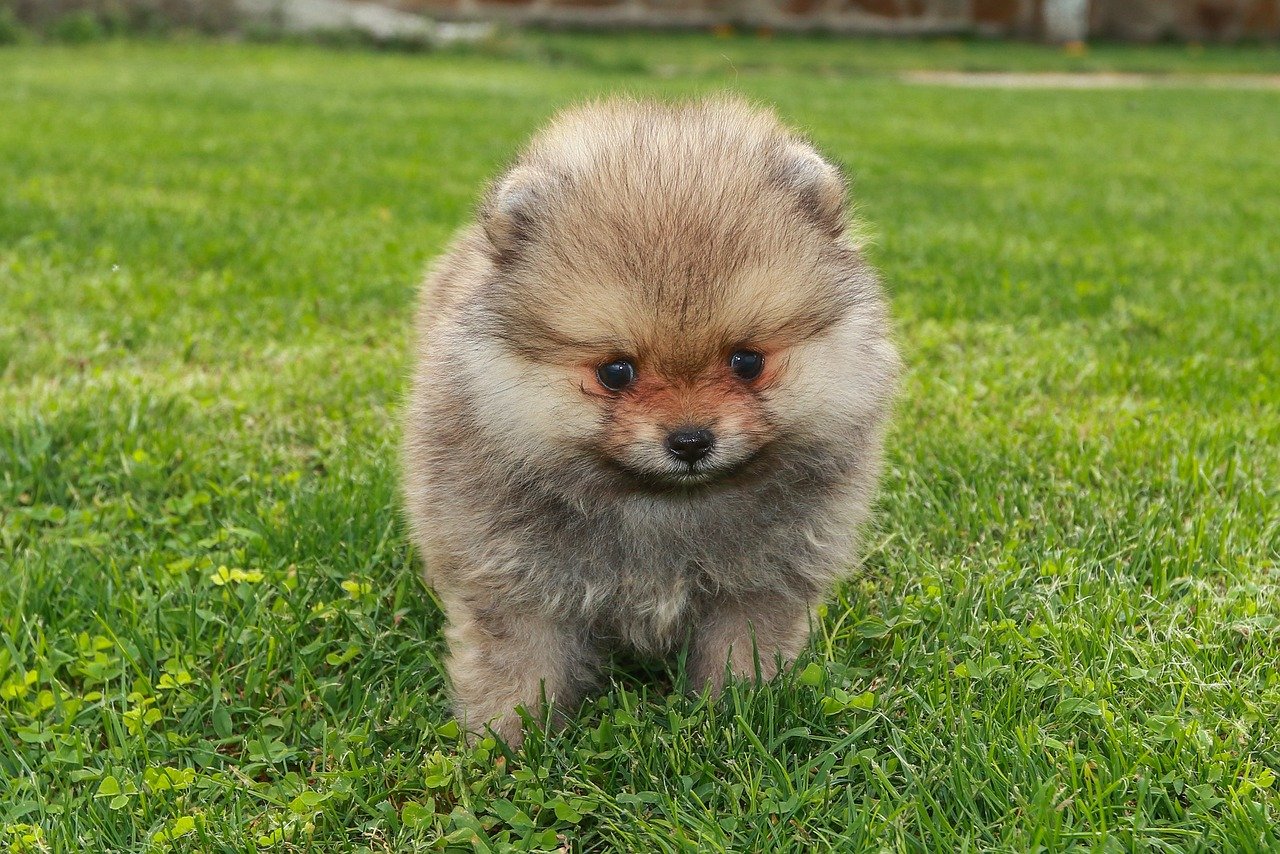
Pomeranians might be small, but their personalities are larger than life, and so is their separation anxiety. Pomeranians were bred to be companion dogs, which makes them more likely to suffer from separation anxiety than some other breeds, as they relish human company. These little fluff balls were bred to be royal companions, and they haven’t forgotten their aristocratic roots.
Pomeranian separation anxiety, a common issue in small dog breeds, often manifests through symptoms like destructive behavior, loud noises, and potty accidents. For pet owners, understanding the root of their dog’s anxiety is key to finding solutions. Destructive chewing. It’s different from boredom chewing. He’ll chew anything within reach, often destroying things. When these tiny royals are left alone, they don’t just get sad – they get royally ticked off and make sure everyone knows about it.
Conclusion
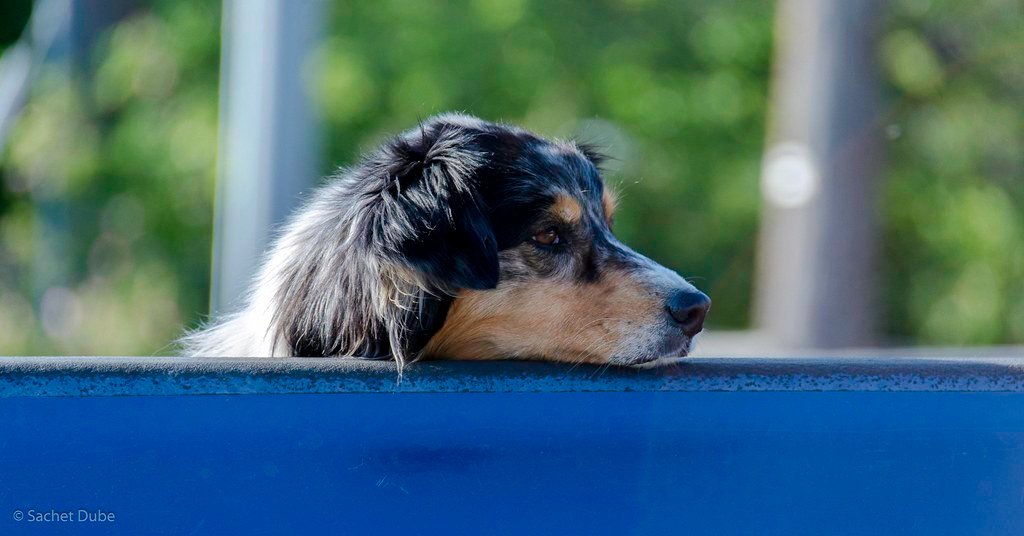
Living with a dog that has separation anxiety can feel like you’re trapped in an endless cycle of guilt every time you reach for your car keys. But here’s the thing – understanding your dog’s breed tendencies isn’t about making excuses for destructive behavior. It’s about recognizing that some dogs are simply wired differently, and they need extra support to feel secure when you’re not around.
Good training, socialization, and providing mental and physical stimulation can help prevent or reduce separation anxiety in dogs. Additionally, individual temperament, early experiences, and the owner’s lifestyle play significant roles in a dog’s behavior. The good news is that separation anxiety isn’t a life sentence – it’s a challenge that can be managed with patience, consistency, and the right approach.
Remember, every dog is an individual, and breed tendencies are just that – tendencies, not guarantees. But if you’ve got one of these shadow-loving breeds, don’t feel bad about seeking help from a professional trainer or veterinary behaviorist. After all, wouldn’t you want someone to help you if being alone felt like the end of the world?

Andrew Alpin from India is the Brand Manager of Doggo digest. Andrew is an experienced content specialist and social media manager with a passion for writing. His forte includes health and wellness, Travel, Animals, and Nature. A nature nomad, Andrew is obsessed with mountains and loves high-altitude trekking. He has been on several Himalayan treks in India including the Everest Base Camp in Nepal.

